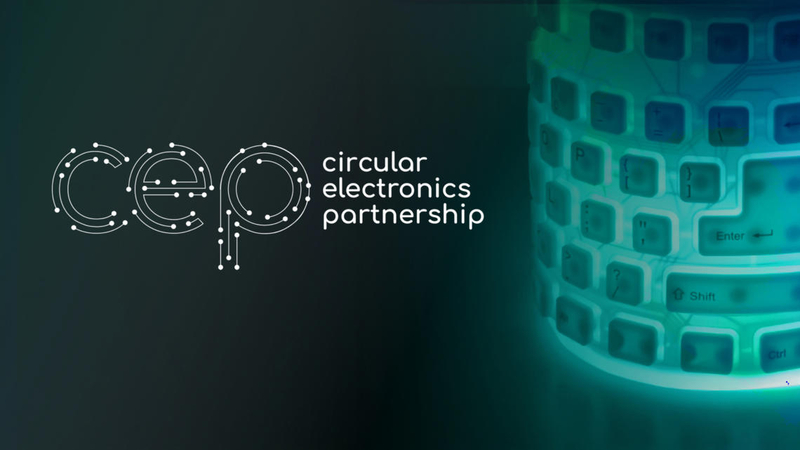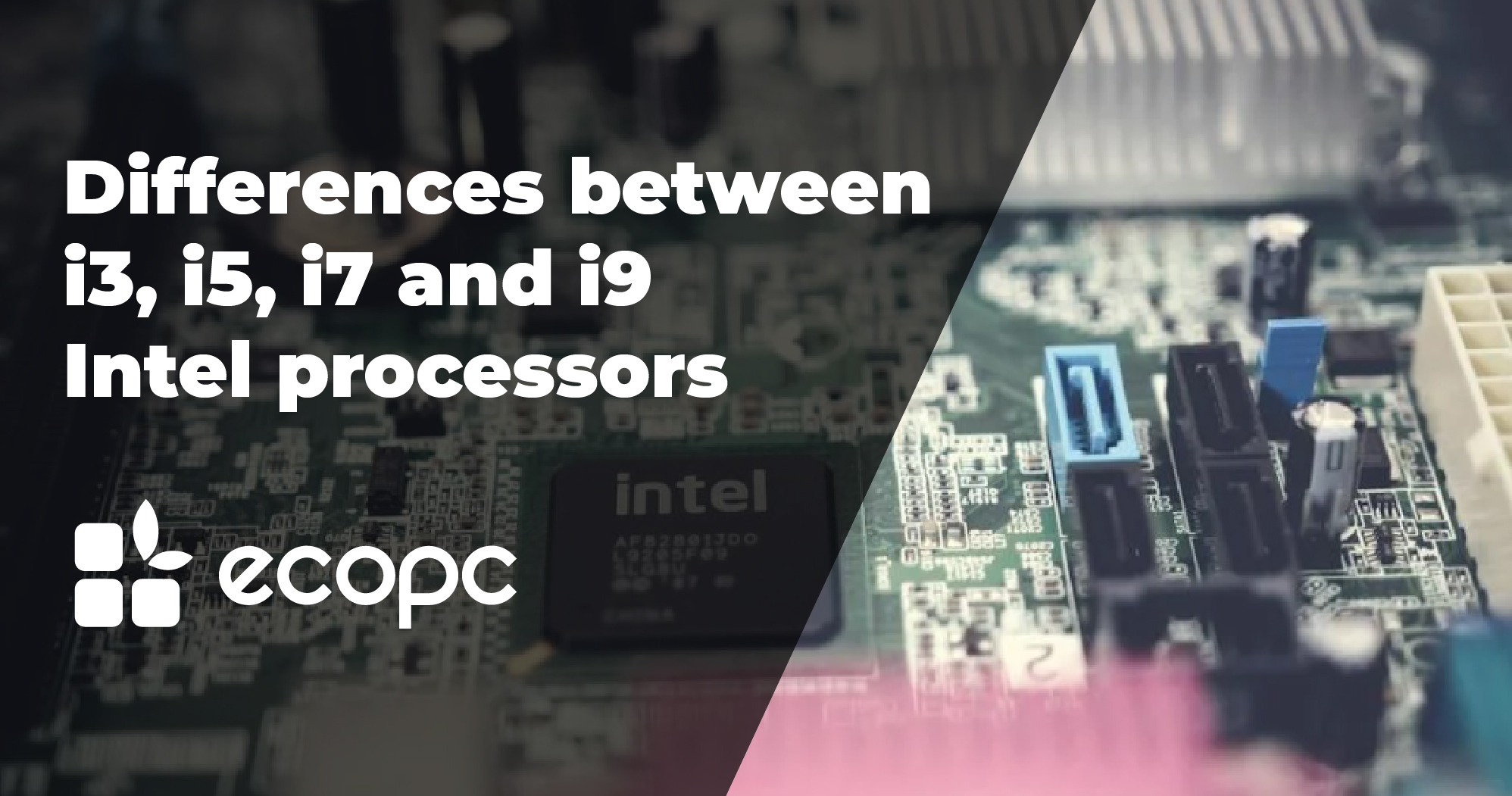A global alliance for Circular Electronics that will change everything
We have all heard about planned obsolescence, we are aware of this problem, we see it on TV, on social media, on the radio, we are in a consumer society where we are looking for the latest equipment. On average a phone lasts only two to three years before it is replaced, while laptops generally last three to five years.
But…where do all these products go and what is done with them?
Basically, into the trash. E-waste is currently the world’s fastest growing waste stream – in 2019 it exceeded 53 million tonnes, according to The Global E-waste Monitor 2020. Of this, only a small percentage is recovered and reconditioned, despite the fact that the value of e-waste is estimated at approximately €48 billion. An amount that exceeds the GDP of many countries in the world.
Circular Electronics, we have been waiting for you
To solve this “disaster” that affects us all, the Circular Electronics Partnership (CEP) is born, a great alliance in which companies as notable as Cisco, Dell, Microsoft or Google, seek to maximise the value of components, products and materials throughout their entire life cycle, committing to a circular economy for electronics in 2030.
Through this alliance, actions will be carried out such as:
- Defining circular electronics products and services
- Mobilising a commitment to global, sustainable and circular purchasing
- Developing a system of responsible recycling and circular materials data
- Launching material tracking projects
In addition, a Circular Electronics Roadmap was published which identifies six pathways towards circularity of electronic equipment. The roadmap further identifies 40 actions to be taken over the next 10 years for the industry to achieve circularity.

Circular Economy Systems Diagram, Ellen MacArthur Foundation
The right-hand side of this diagram illustrates how circularity can be applied to materials used in electronics, such as metals and plastics. The innermost loop represents how products can be designed to be durable and easy to repair, thus extending their useful life.
When a product is no longer needed or no longer works, it can be refurbished or reconditioned by replacing the failed part for reuse, for example, through companies like ours where we recondition equipment for others to use with a high warranty. As a last resort, it can be broken down into its basic materials for recycling.
The President and CEO of the World Business Council for Sustainable Development (WBCSD), Peter Bakker, said: “Electronics are ubiquitous. Far beyond computers, monitors and phones, electronics are commonly found in everything from clothing to toys. As applications expand, they must be circular in their design, production, use and recovery in order to create a positive value chain for nature, climate and people”, to which he added “The Circular Electronics Partnership embodies this ambition and can serve as a centre of gravity for the circularity of electronics.”



